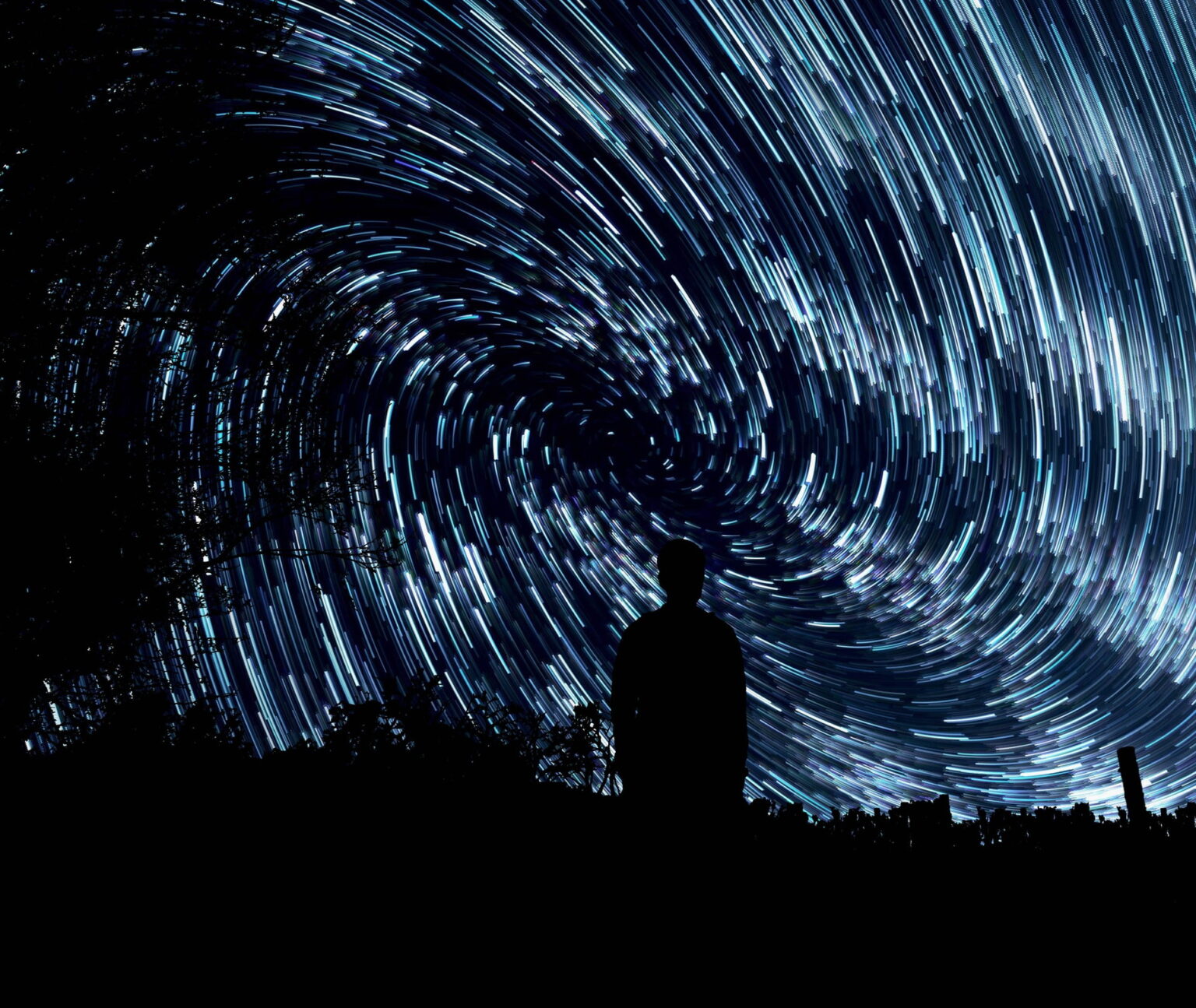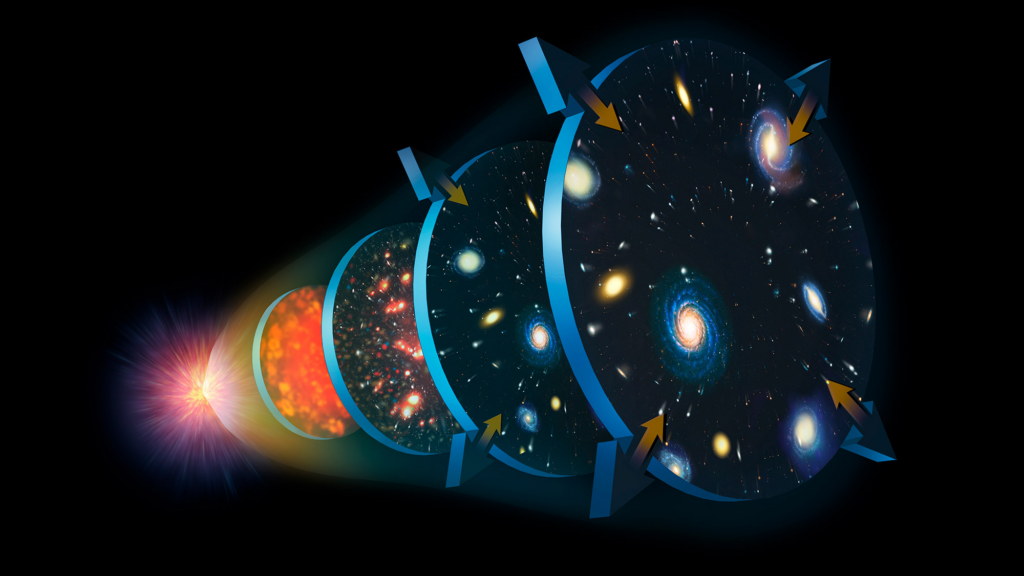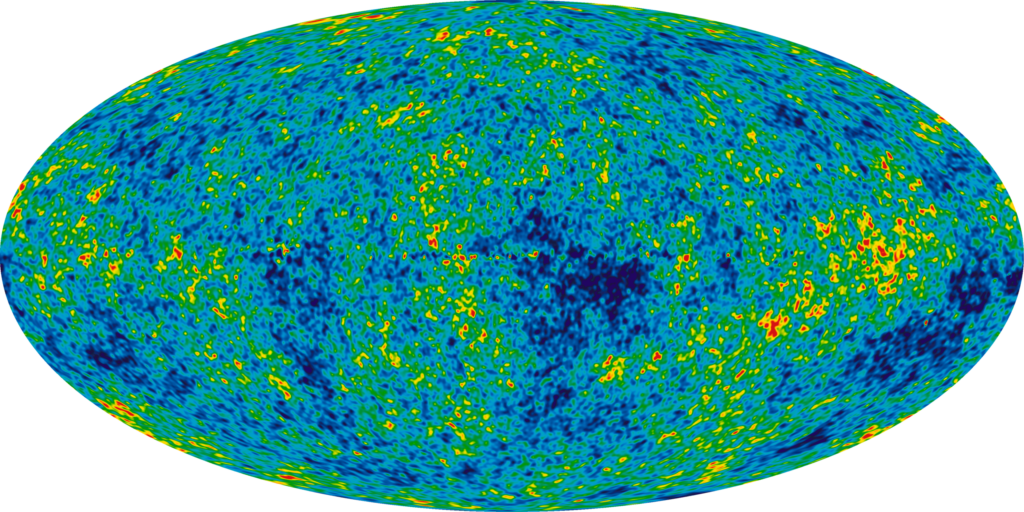According to the generally accepted Big Bang Theory, the Universe was formed from an infinitely dense, tiny ball of matter. This universal explosion gave birth to the first elementary particles, which then formed stars and galaxies. But new research in theoretical physics has recently opened a possible window into a very early Universe. According to theorists, it may not be so “early”.

A recent hypothesis suggests that our Universe is on one of the iterations of the “Bang-Bounce” cycle, which lasts forever. And perhaps this is only the first cycle of it. Of course, before physicists decide to abandon the Big Bang Theory in favor of the “Bang-Bounce” cycle, these theoretical predictions should stand the examination of observational tests.
Missing piece of the puzzle
Scientists have a perfect picture of the very early Universe, which we know as the Big Bang Theory. In this model, a long time ago, the Universe was much smaller, much hotter, and much denser than it is today. In that early period 13.8 billion years ago, all the elements that make us what we are, were formed in about the first few minutes of the Universe’s life. And all this was born from a compact ball of infinite density, the size of a peach, and a temperature of more than a quadrillion degrees.

Surprisingly, this fantastic story confirms by all modern observations. Astronomers have done everything from observing the residual electromagnetic radiation of the young Universe to measuring the prevalence of the lightest elements. And they found that all observations coincide with the predictions of the Big Bang. As far as we can tell, this is an accurate portrait of our early Universe. But the Big Bang picture is incomplete — a piece of the puzzle is missing. And this part is the earliest moments of the Universe. That’s a pretty big part.
The lack of modern physics for understanding the Universe
The problem is that the physics we use to understand the early Universe is a surprisingly complex hodgepodge of general theory of relativity and high-energy particle physics. But it can only take us to a certain limit before it collapses. As we try to dive deeper and deeper into the first moments of our cosmos, mathematics becomes more and more complicated. If we try to solve it, it becomes more and more complicated, up to the point where it just… ends.
The main sign that we have yet to investigate is the presence of a “singularity”. This is the point of infinite density at the beginning of the Big Bang. If we take this at face value, it tells us that at some moment the Universe was squeezed into an infinitely small, infinitely dense point. This is obviously absurd. In fact, everything tells us that we need new physics to solve this problem — our current set of tools for understanding the Universe just is not good enough.
To save the day, we need new physics. Something that can cope with gravity and other forces combined at ultra-high energies. And it’s exactly what string theory claims to be, a physical model capable of coping with gravity and other forces combined at ultra-high energies. It is this theory that can explain the earliest moments of the Universe.
What is an ekpyrotic scenario?
One of the earliest concepts of string theory is the “Ekpyrotic Universe”, derived from the Greek word “fire” or “flame”. In this scenario the event, which we know as the Big Bang, was caused by something else that happened before it — the Big Bang was not the beginning, but part of a greater process.
The development of the ekpyrotic scenario led to a theory, again motivated by string theory, called “cyclic cosmology”. Surprisingly, the idea of a constantly repeating Universe is thousands of years old, and it predates modern physics. But string theory has given this idea a solid mathematical justification. The cyclic Universe moves exactly as you can imagine: it constantly “bounces” between Big bangs and Big collapses. It probably happens forever and the same way, both in the past and in the future.
What was before the Big Bang?
Early versions of the cyclic model hardly coincided with observations. The main obstacle was the agreement with our observations of the cosmic microwave background — fossil light left over from the time when the Universe was only 380 thousand years old. It was difficult for scientists to describe the physics of the emerging cosmos — the picture was simply collapsing.

However, the ekpyrotic torch continued to burn for many years. An article published in March 2020 explored the lack of mathematics and revealed some previously missed opportunities. Two physicists from McGill University in Canada and the authors of the study, Robert Brandenberger and Zivei Wang, found that the moment of “rebound”, when our Universe shrinks to an incredibly small point and returns to the Big Bang state, can be described mathematically to get the correct result, verified by observation.
Thus, the idea that there was a Big “rebound” before the Big Bang, which was the result of the collapse of some “previous” Universe, quite takes place. But to fully test this model, we will have to wait for a new generation of cosmological experiments.

